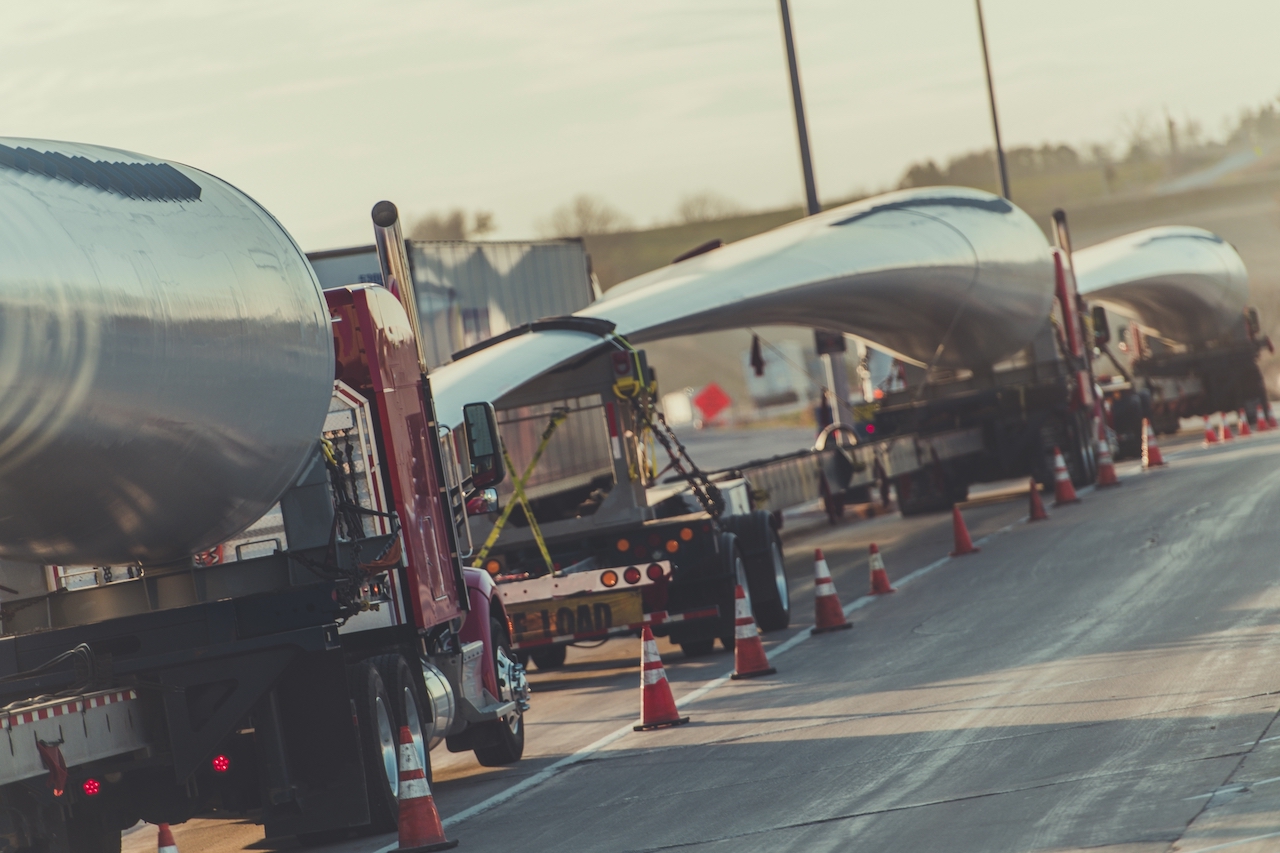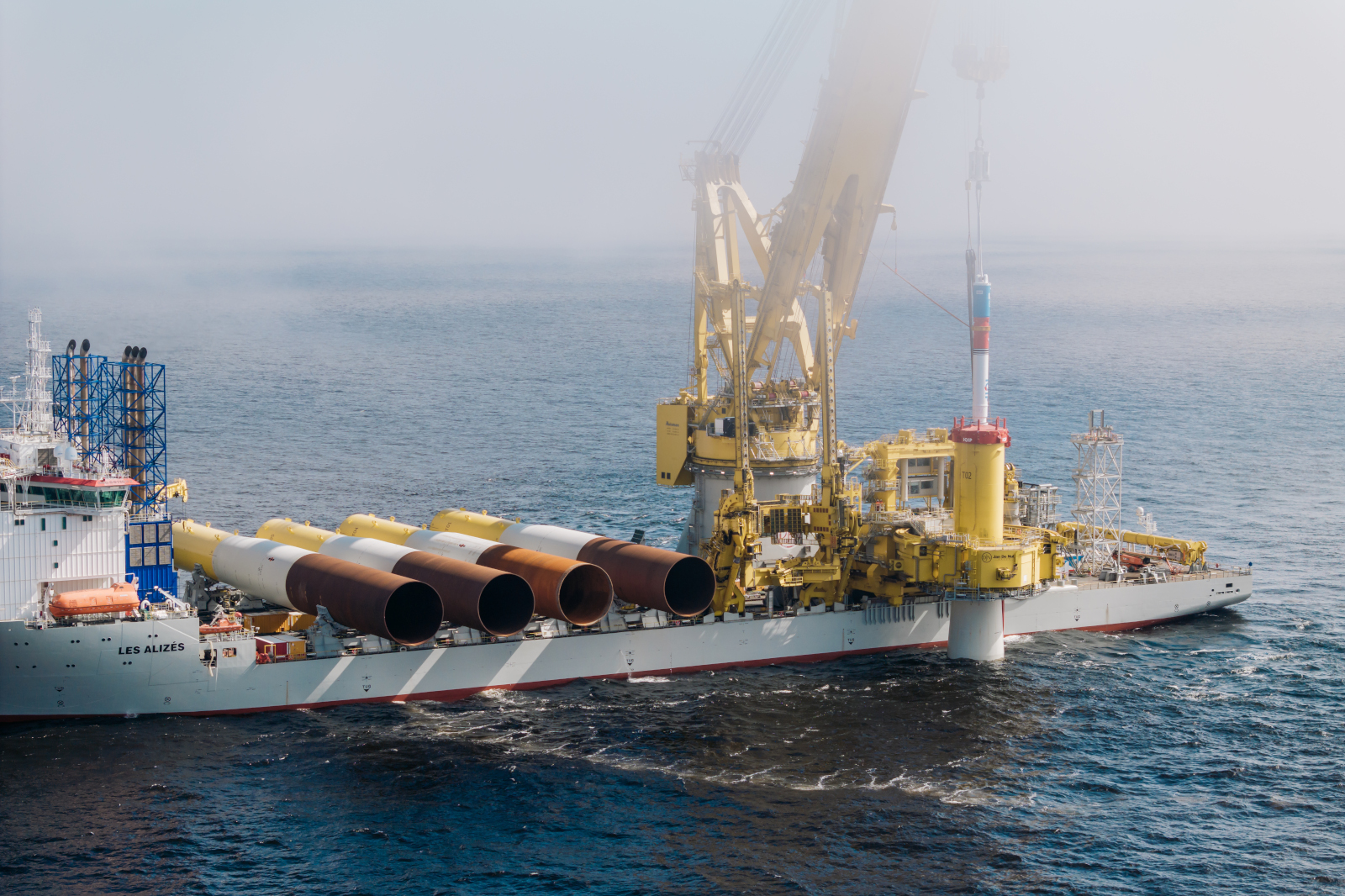One job in the offshore wind energy sector can generate nearly 2.5 new jobs in the supply chain, according to a report prepared by the German Ministry of Economy. The offshore wind sector is the driving force of the labor market and the economy.
The analysis “Maritime added value and bn in Germany” was carried out in cooperation with the ISL consortium, Fraunhofer CML, ETR and DIW Econ. Apart from offshore wind sector, the study also included the shipbuilding sector, shipping, ports and fishing.
The development of the maritime sector is of particular importance in the process of economic recovery after COVID-19. Norbert Brackmann, the federal government coordinator for the maritime industry, pointed out that the development of the maritime sector can only be realized in the future if the competitiveness and efficiency of the industry in Germany is maintained. In 2018, the maritime industry provided a total of 449,800 jobs with a total value of EUR 29.8 billion and sales value of EUR 86.3 billion. 100 jobs in the maritime industry generate another 130 jobs throughout Germany.
The calculations for the offshore wind energy sector are also given. Employment (direct) in the offshore wind sector in Germany in 2018 amounted to a total of around 24,400 with an added value of EUR 1.9 billion (gross). The value of sales was estimated at EUR 8.1 billion. The largest number of employees was employed in the production of turbines (14.5%).
The multiplier effects for the offshore wind sector are also presented. The turnover generated in the sector at the level of EUR 100 translates into EUR 210 of total economic turnover in Germany. The value of EUR 100 in offshore wind installations generates EUR 310 of macroeconomic value in this country. And most importantly, employing 100 people in offshore wind energy sector generates jobs for 340 people.
Lower Saxony plays the biggest role in the development of offshore wind sector. In 2018, Lower Saxony’s offshore wind energy sector sales amounted to around EUR 2.1 billion, representing a gross added value of EUR 541 million. At the same time, around 4,400 people were employed in this sector alone.
Many threats to the sector have also been identified. One of the weaknesses of offshore wind energy is its high capital intensity, and thus the new market may deter participants. Due to very little development activity until 2022, there may be short-term bottlenecks, especially at the national level, that affect the entire value chain. The threat is also caused by a greater shortage of skilled workers due to extreme sea conditions, especially during construction and possible conflicts (proper management of offshore wind turbines is required). This makes the industry dependent on unique specialists as well as specialized service providers.
Stefan Thimm, Managing Director of the Federal Association of Wind Farm Operators Offshore eV (BWO), emphasizes that offshore wind energy has become an important part of the driving force of the economy. In his opinion, offshore wind energy sector creates jobs and added value not only in maritime regions, but also in the rest of the country. He pointed out that the practical lack of expansion of offshore wind energy in Germany is worrying. According to Wind Europe data, at the end of 2020, the capacity of offshore wind installations in Germany was 7,869 MW, ranking second in Europe in this respect. Last year, farms with
a total capacity of 219 MW were connected in Germany. The director of BWO warned that Germany’s position as an offshore wind pioneer in international markets is under threat. He stressed that the more the domestic expansion stagnates, the more the domestic industry will be interested in foreign orders.














